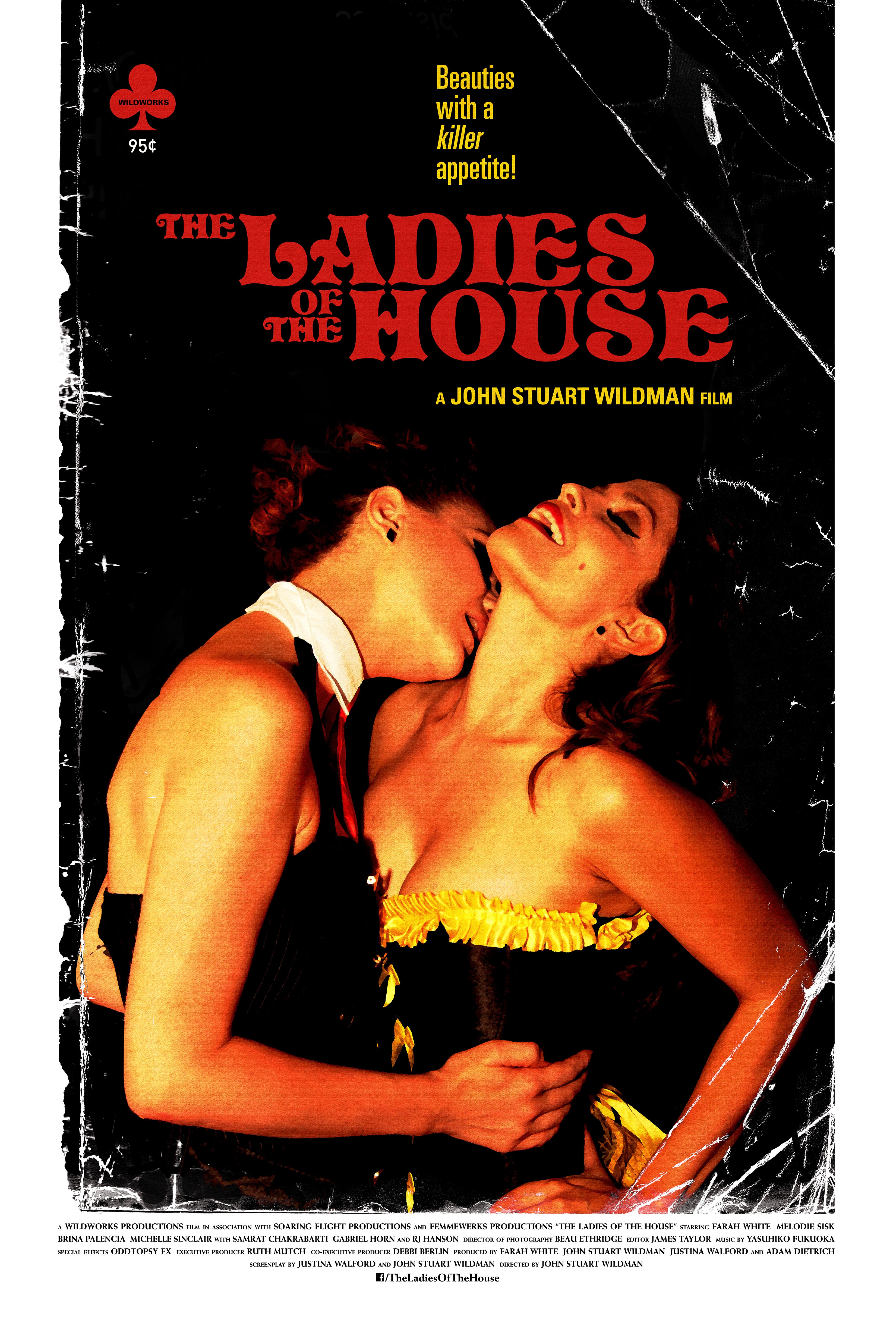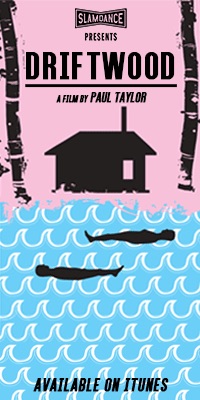Here is a random Sundance conversation from today:
Woman #1: Our little boy said another little boy was “hot,” so we’re on “Gay Watch.”
Man: That should make his dad happy since he hates sports.
Woman #2: What about girls?
Woman #1: He likes girls, too. (Pause) I guess it’s more like “Bi Watch.”
Woman #2: Which would be like “Bay Watch,” just without those red swimsuits?
Onto reviews…

Sundance 2016
MAPPLETHORPE: LOOK AT THE PICTURES
Fenton Bailey and Randy Barbato’s latest documentary, MAPPLETHORPE: LOOK AT THE PICTURES, takes a thorough and comprehensive look at the life and career of the iconic and controversial photographer, Robert Mapplethorpe. There is certainly truth in advertising with the title of the film as Mapplethorpe’s photographs – from the infamous S&M male sex and fetish images, to his less controversial, but no less striking images of flowers, sculptures, and human subjects are vividly on display throughout the film. However, a rich portrait of the man also emerges via interviews with his contemporaries, several of the models he worked with, as well as, notably, his brother Edward Mapplethorpe.
MAPPLETHORPE: LOOK AT THE PICTURES does a remarkable job of not just showing “what all the fuss was about” in terms of the man’s photographs, but also clearly demonstrates his impact as one of the first artists (along with Andy Warhol) to understand the power of personal celebrity in driving the public interest in one’s art, and indeed, the public perception of the worth of the art. Service is also paid to the attempts by Jesse Helms and others to ban the showing of Mapplethorpe’s work and the landmark court case which thwarted those efforts. But what makes the film rise above a standard portrait of an icon are the sit-down interviews with his neighbors and the people in Maplethorpe’s social circle like Fran Leibowitz, Debby Harry, which adds a rich and oftentimes, entertaining context in terms of the New York City art scene at that time. Like the photos, Mapplethorpe’s life is not always easy to look at, but always compelling.
Expected Real World Reaction: Obviously, the film is strictly for adults, but it is also oddly accessible, considering the images and subject matter. It should do decently on the theatrical front before moving to VOD.

Sundance 2016
PLAZA DE LA SOLEDAD
Maya Goded’s PLAZA DE LA SOLEDAD introduces us to a group of aging prostitutes that work the streets of La Merced in Mexico City. Ranging in ages fro 50 to 80-years-old, Carmen, Lety, Raquel, and Esther go about their lives with differing levels of acceptance and longing for something better, or different. We witness a community and support system built up among them and between them that emphasizes the basic desires of the human spirit as opposed to an exploitative expose of sex workers. The film tracks each woman’s personal story with insight to her past to underline the normalcy of their pursuit of security and happiness via their relationships with each other and the old men who take on a role skewing more toward long-term boyfriends than quickie clients.
At first glance, PLAZA DE LA SOLEDAD reminds you of those body-positive campaigns highlighting the “beauty” of women’s bodies that are “real” or older. By this point in the public discussion of a topic like this, that is what we are set up for, right? So a documentary on prostitutes is either going to deliver hot, young women being exploited or in danger or some other variation on a tragic theme we can say we are considering as we ogle the women, or we can actually delve into all of those themes without the distraction of the prurient pleasures of the bodies themselves. That’s usually the uninspired choices we seem to face on the surface with a film like this. But to Goded’s credit, the interest here has about as little to do with sex as it possibly could, considering the film is in fact, about prostitutes. No, it’s about women transcending their environment and their life’s choices or their self-perceived or society-inflicted limitations. And there is a gentleness to the treatment of the subjects that is somewhat rare as well. And frankly, that approach is not for everyone choosing a documentary film to watch. This is not a dynamic, catch-your-breath type of film. A special moment in this film is marked when the camera captures by the tentative hand holding between two of the women. It is a very sweet and delicate moment that exemplifies what the film is going for.
Expected Real World Reaction: Possible art-house play in New York, possibly as counter-programming to bigger, issue docs.







READER COMMENTS